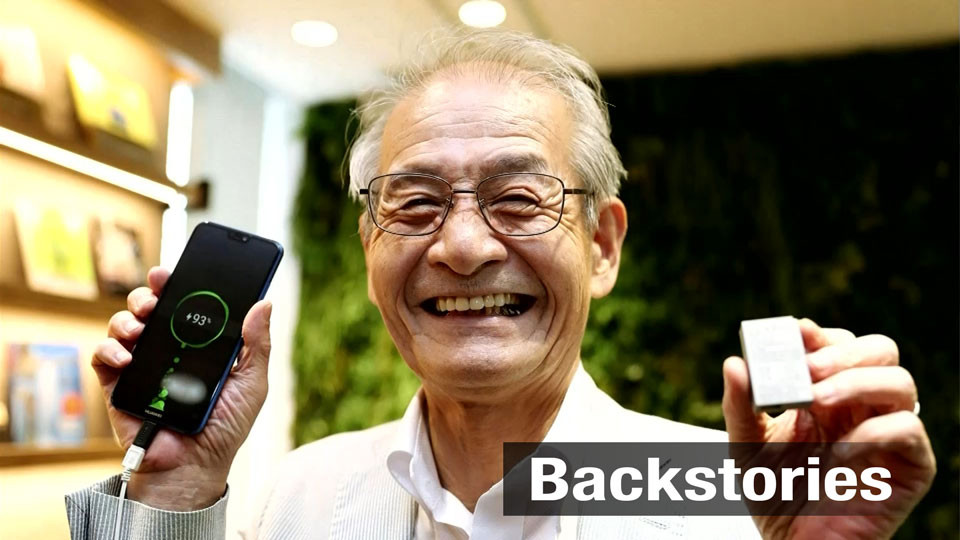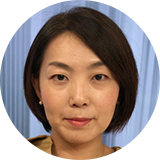The Moment of Surprise
71-year-old Yoshino is an honorary fellow at the Asahi Kasei Corporation. He joined the company after he completed postgraduate studies at Japan's prestigious Kyoto University. He pursued work on small, lightweight rechargeable batteries and came up with a forerunner of today's lithium-ion batteries in 1985.
Yoshino had been tipped for a Nobel Prize for a long time. He says when he picked up the phone and the caller said "Congratulations!" he realized he'd finally won.
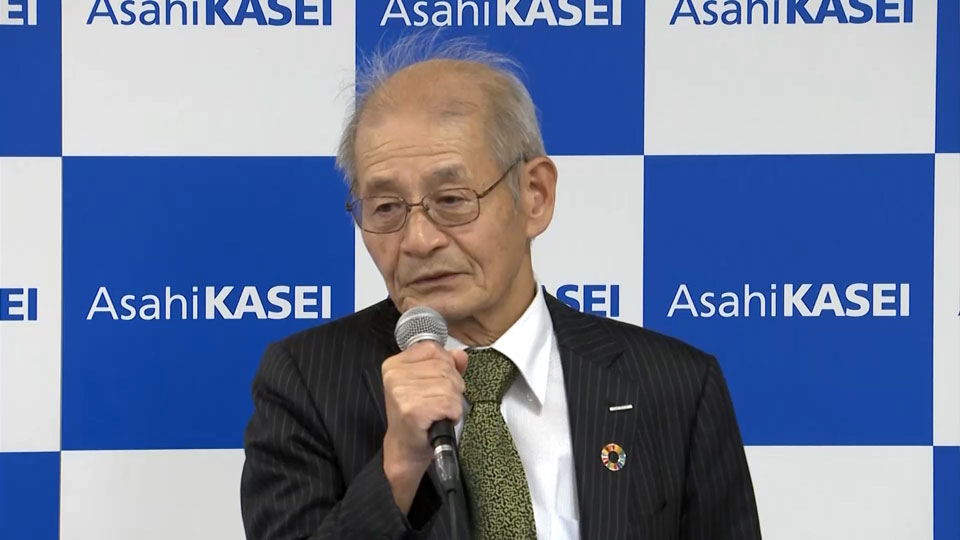
"Chemistry is such a wide-ranging field. I thought recognition for devices like lithium-ion batteries would be a long time coming, but would come eventually. And it's finally happened," he said.
Yoshino said he hopes the win will motivate and inspire many young researchers.
Hometown hero
Yoshino was born and raised in Osaka. A local newspaper there came out with a special edition just an hour after the announcement, and people spoke of their excitement at finding out a local man had accomplished something that changed their lives.

"We all owe our happy and comfortable life to him," said one woman.
"I might think of Yoshino every time I use my smartphone," said a local man.
There was a buzz at his alma mater too.
"I heard Yoshino's name in a lecture. I'm proud that I'm studying in the same faculty as he did. Yoshino inspired me to work even harder in my research," said a student at Kyoto University's graduate school.
Path to the prize
The academy says the foundation of the lithium-ion battery was laid during the oil crisis in the 1970s. Stanley Whittingham worked on methods to produce energy technologies that don't rely on fossil fuel. He began researching superconductors and discovered an extremely energy-rich material, and used it to create an innovative cathode in a lithium battery.
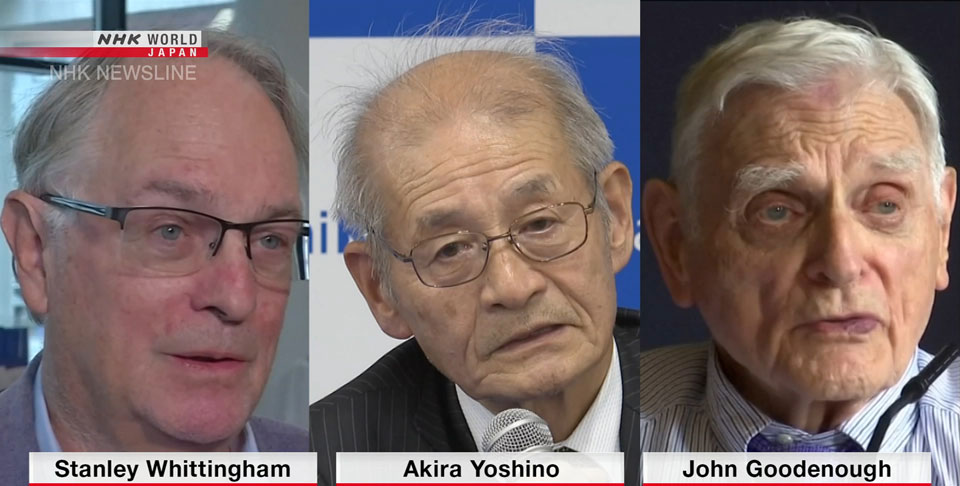
John Goodenough realized that the cathode would have greater potential. He studied materials for batteries at Oxford University in Britain. He discovered that batteries have higher voltages and last longer if a chemical compound, called lithium cobalt oxide, is used in positive electrodes. The discovery led to the creation of more powerful batteries.
In 1985, Yoshino used carbon fiber in the negative electrode to create the first commercially viable lithium-ion battery.
He says it was an emotionally and physically wearing time because the new batteries didn't sell at all for about the first three years. A great deal of money had been invested in research and development, and money was being put into production facilities as well. But he says his fortunes changed with the advent of the Windows 95 operating system.
"It touched off a revolution in information technology. People would have been more patient if they had known that was going to happen," Yoshino says.
Myriad uses
Today, these light-weight, rechargeable batteries can be recharged hundreds of times before their performance deteriorates. The academy says the advantage of those batteries is that they are not based upon chemical reactions that break down the electrodes.
Yoshino says lithium-ion batteries can play an important role in creating a sustainable society.
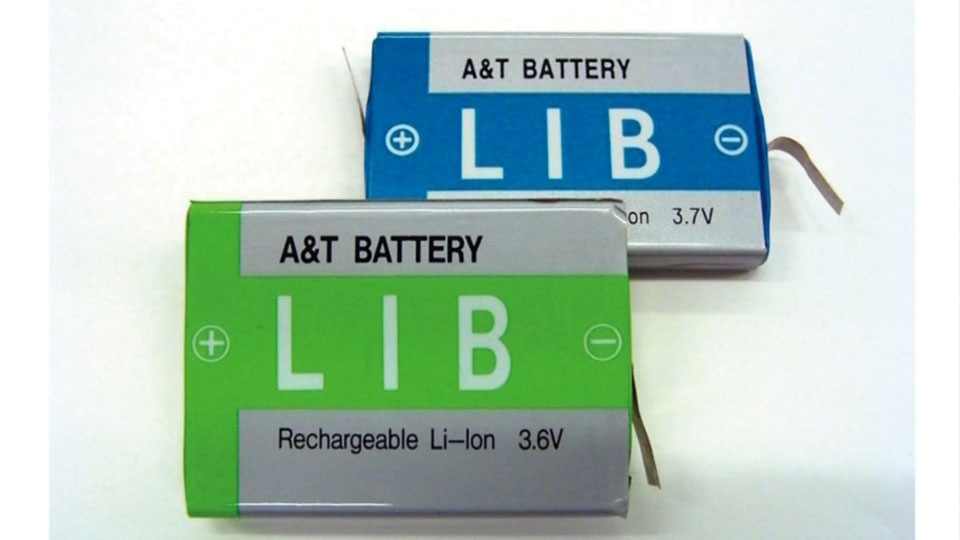
"The Royal Swedish Academy of Sciences saw a solution to environmental issues in my research. I'm glad that the lithium-ion battery was the reason for my winning the award."
The trio will share prize money of more than 900,000 dollars. The award ceremony will take place in Stockholm in December.
